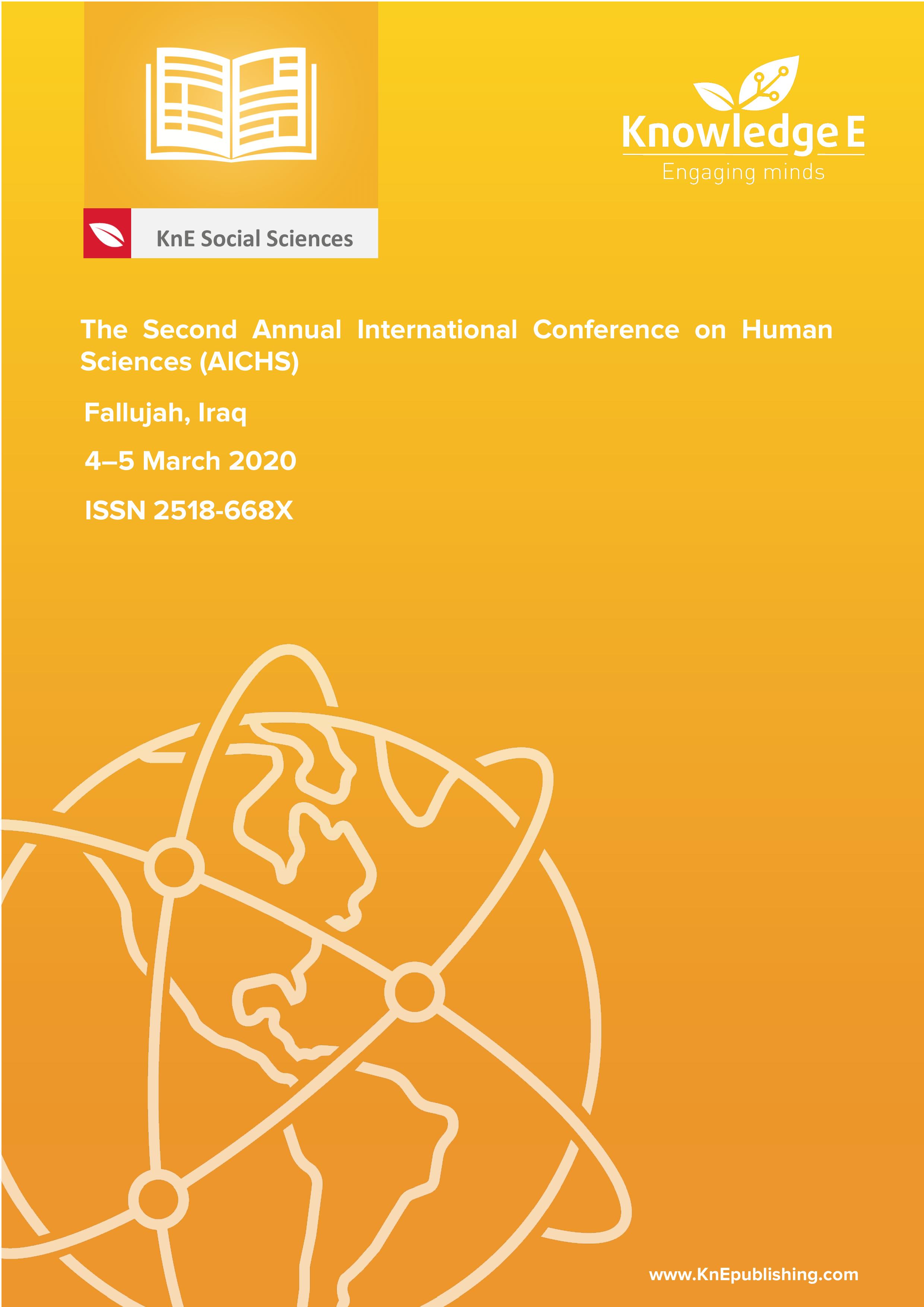Fallujah in the Cuneiform Texts and Classical Sources
DOI:
https://doi.org/10.18502/kss.v4i8.7201Abstract
Fallujah is an Iraqi town with a long history, located on the eastern bank of Euphrates. It is a part of the historical city of Anbar whose ruins lie 5km north-west of the modern-day Fallujah. This area had a strategic importance in Mesopotamia because of its position on the overland and river trade routes. It represented the vital artery of the Babylonian and Assyrian empires, offering access to Syria and the Mediterranean coasts. The city was even the site of a conflict between the Babylonians and Assyrians. This paper focuses on the history of the region, located within an area called Sokhy or Sokho, which is extends from al Qaim district (Khandano) in the west-north to the town of Fallujah in the east-south. The name of Fallujah is mentioned as Pallukat in the texts of the modern Babylonian and Assyrian ages. It is derived from the Akkadian term Palagu which means ‘the little river’ in the Semitic languages. These appellations correspond with Fallujah’s position on the left bank of Euphrates.
Keywords: Anbar, Sokhy, Fallujah, Classic sources, cuneiform texts

